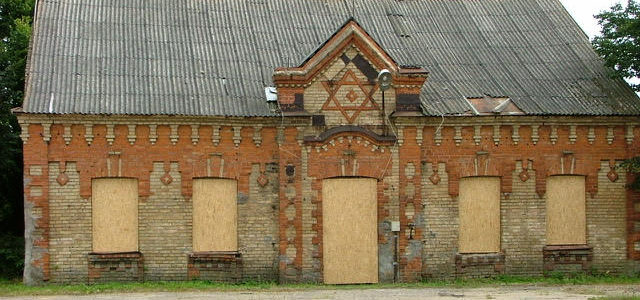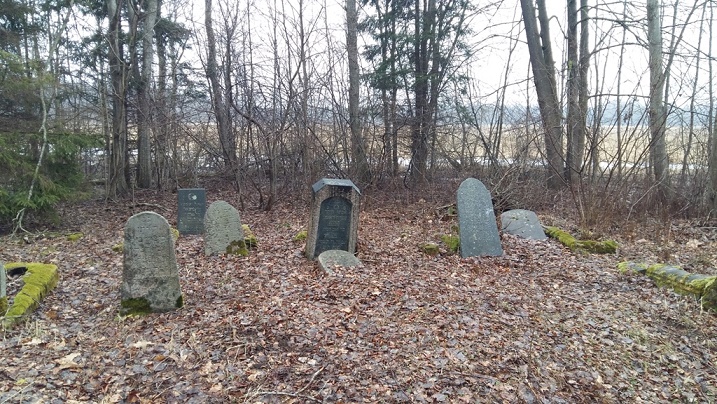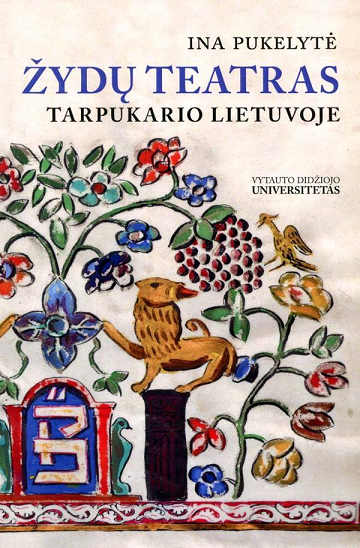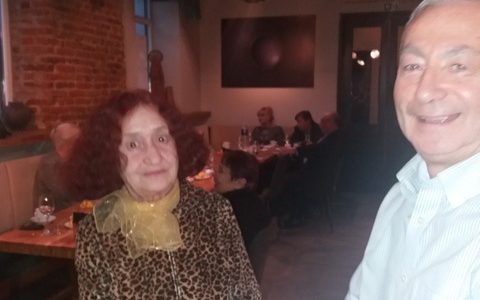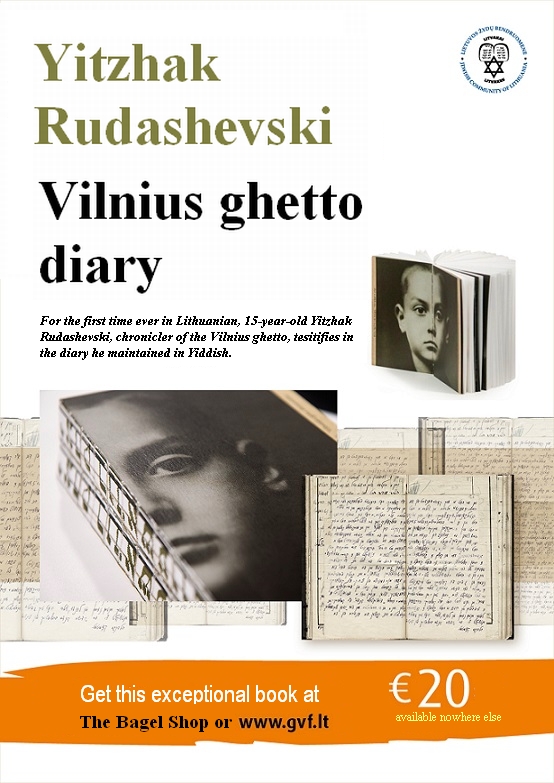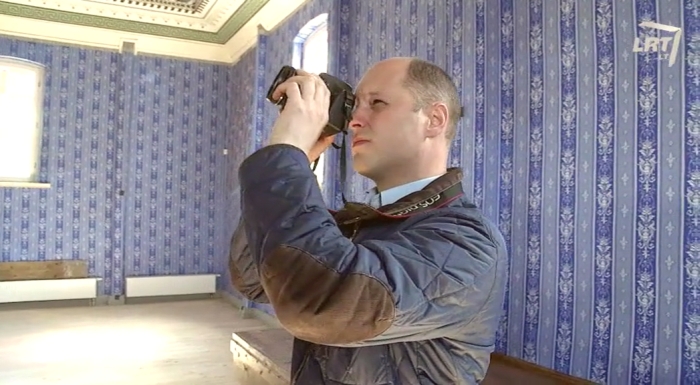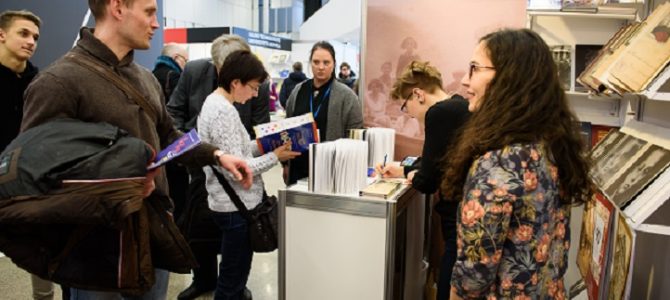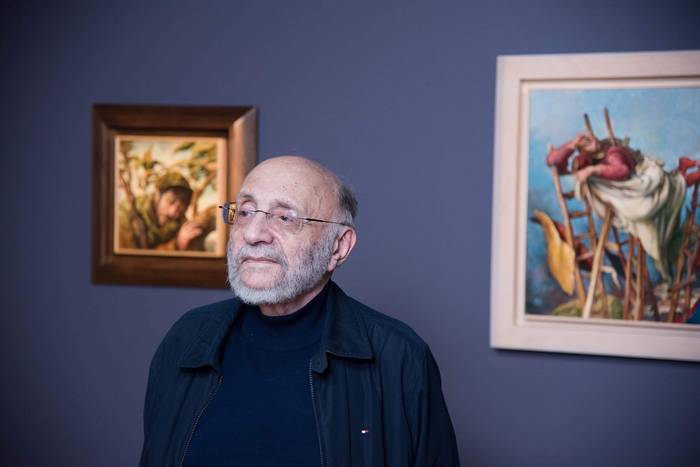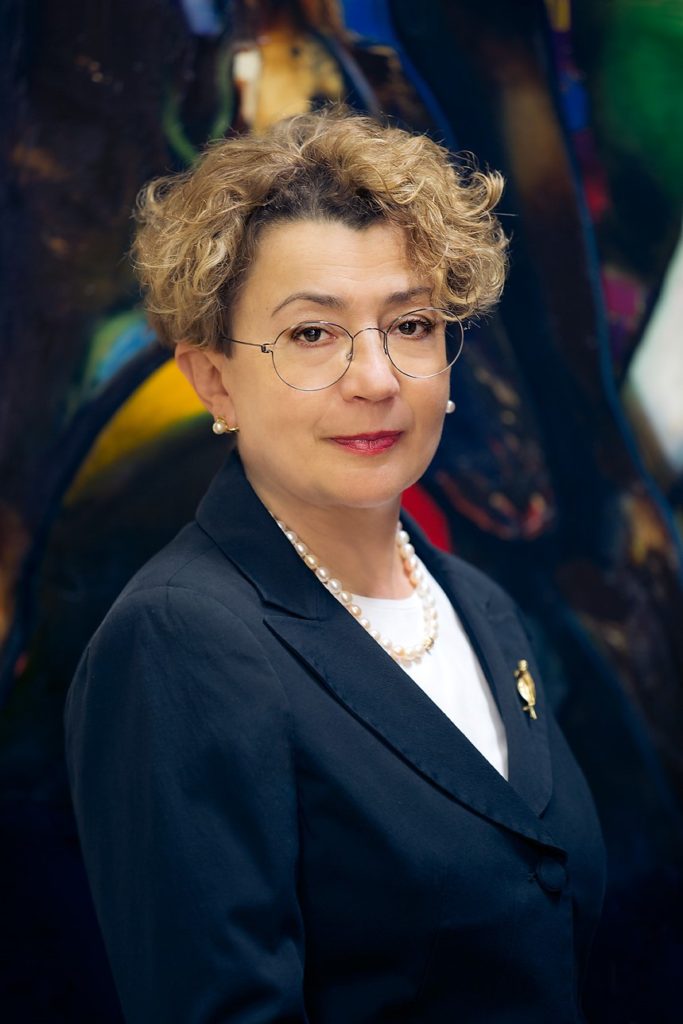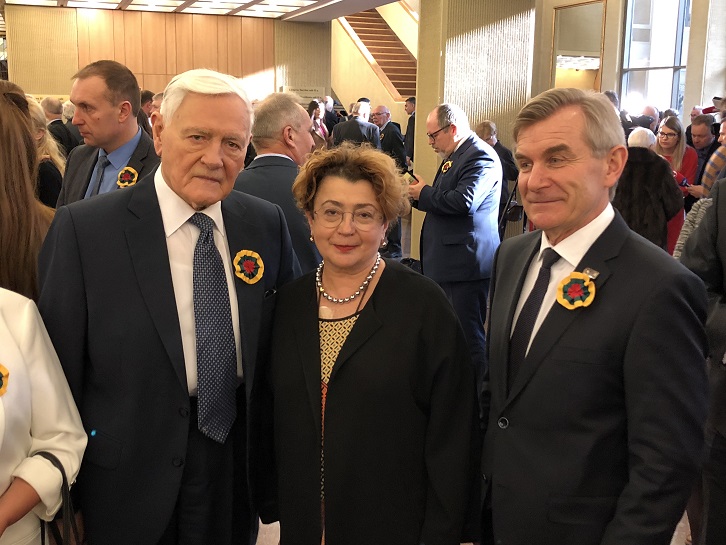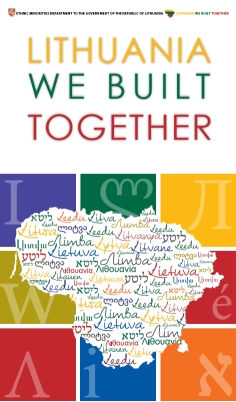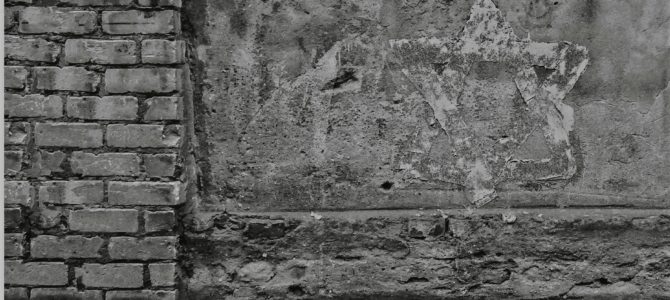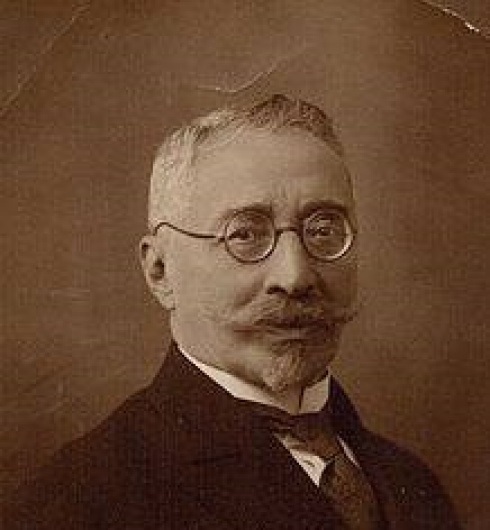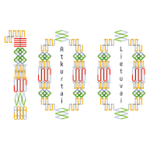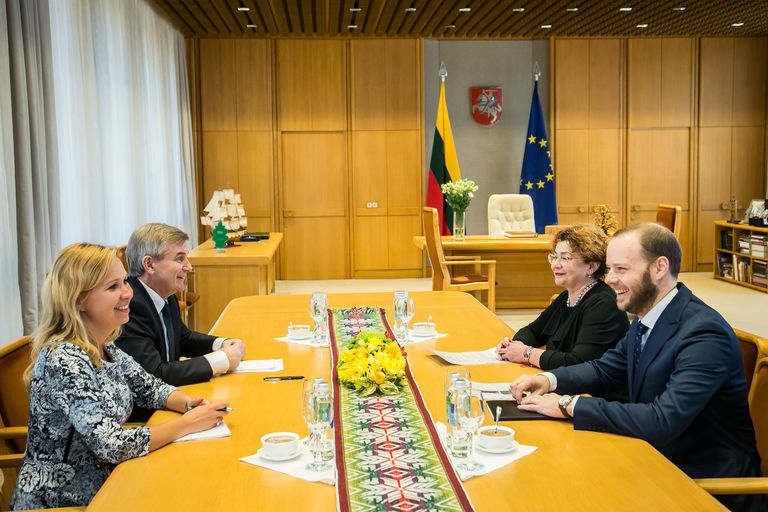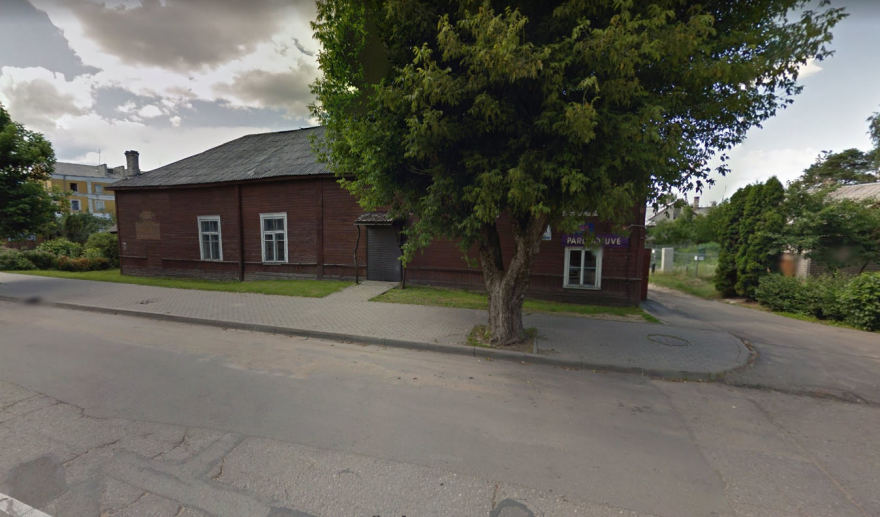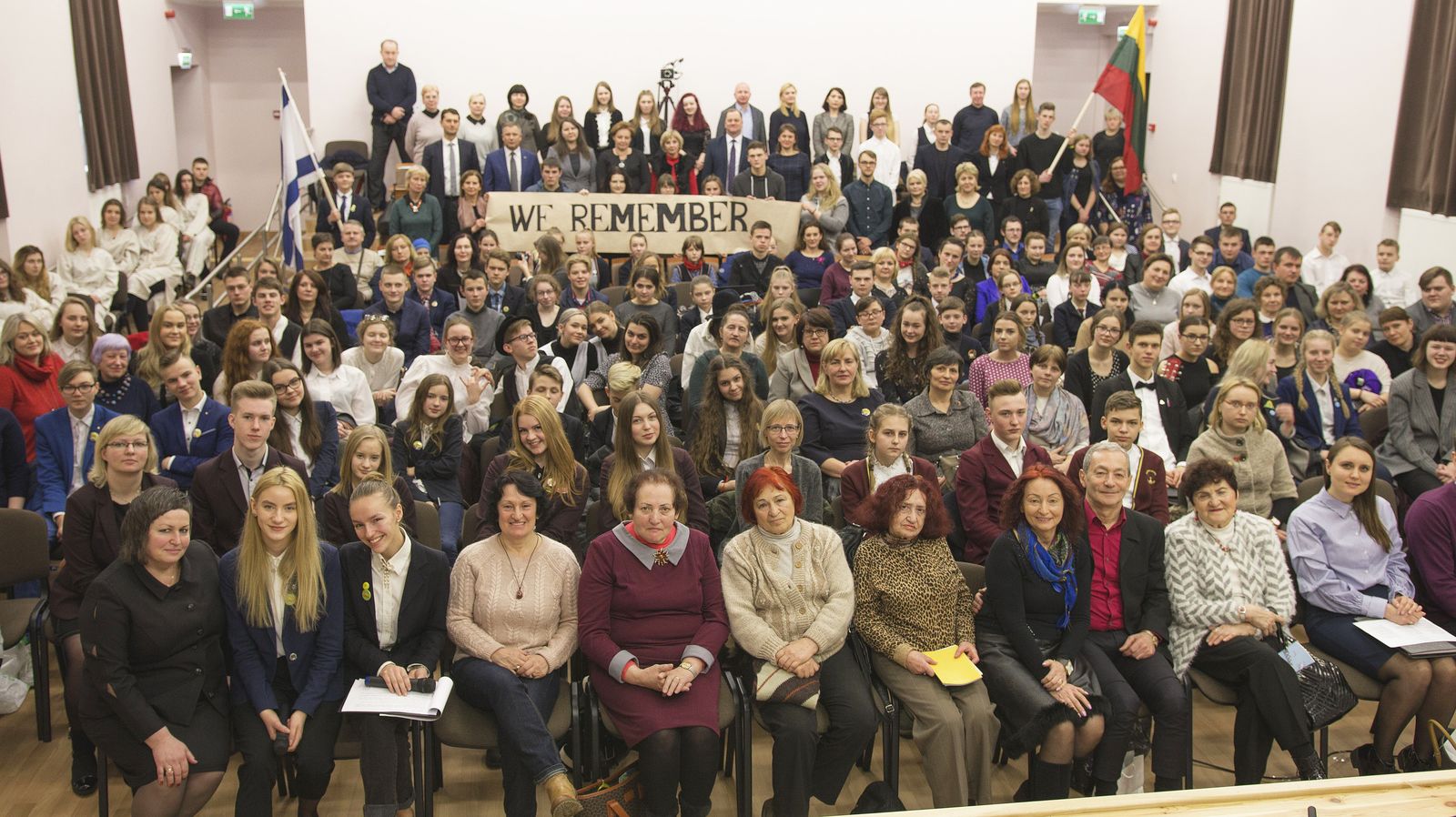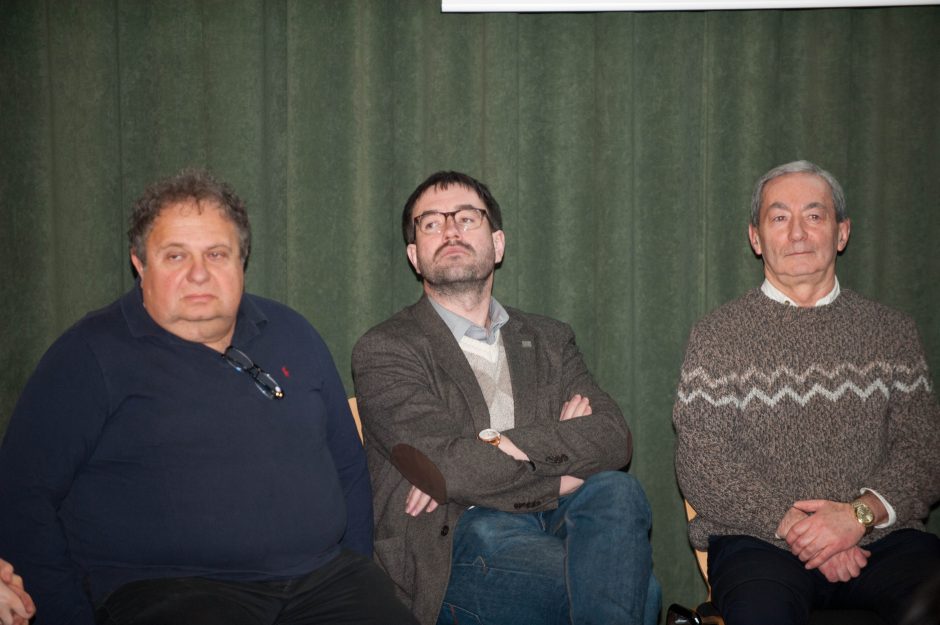Sara Ginaitė-Rubinson died April 2. She was born March 17, 1924. She joined the underground resistance in the Kaunas ghetto, fought as a Jewish partisan, married a fellow partisan and was a professor of political science at Vilnius University after the war. She moved to Canada with her two daughters in 1983 following the death of her husband. She was the author of numerous books and was an outspoken proponent of Holocaust education in Lithuania. Her book “Resistance and Survival: The Jewish Community in Kaunas, 1941–1944” was published in Canada and won the Canadian Jewish Book Award for Holocaust History in 2008. She wrote several books about the Holocaust and lost Lithuanian Jewish communities in Lithuanian, including “Žydų tautos tragedijos Lietuvoje pradžia” [The Beginning of the Tragedy of the Jewish People in Lithuania].
The Lithuanian Jewish Community sends its deepest condolences to Sara’s entire family in Canada and her many friends in Lithuania. Her deep commitment to the memory of those murdered lives on.


